When you are trying to decide on a new home theater setup, a major question that needs answering is whether projectors can match OLED TVs in display purposes.
In short, when comparing a projector vs OLED, projectors do not have the same color gamut or detail in darks as OLEDs, but do offer a potentially much larger physical image for a lower price, and in practice you are unlikely to notice the image quality difference between them.
This article quickly covers the major differences between OLEDs and projectors to help you decide on the technology that is right for you.
Regular TVs vs OLED TVs
When you consider TVs, there are different types of TV panels available including LCD, LED, OLED and QLED. Until 2014, plasma TVs were most common, after which, LCD (liquid crystal display) TVs took over, which used CCFL (cold cathode fluorescent lamps).
LCD technology became outdated and the television market was taken over by LED TVs. LED (light-emitting diode) TVs offer better colors and viewing angles compared to LCDs and are in use even today. Compared to LCD TVs, LEDs consume less power and are more energy efficient.
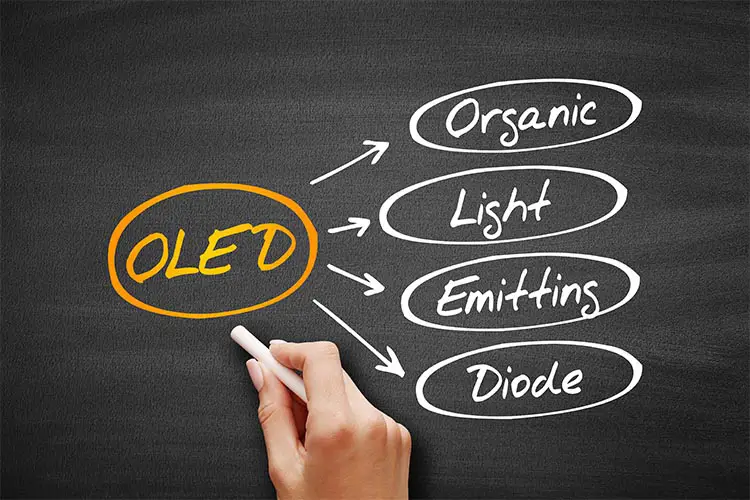
OLED (organic light-emitting diode) TVs are the latest technology, where the emissive display does not need a backlight. OLED TVs are thinner and more energy-efficient compared to LCD TVs, not to mention that they deliver the best image quality, essentially infinite contrast, brilliant colors, wide viewing angles and fast response rates.
In OLED TV technology, the light is emitted pixel-by-pixel, which provides a higher contrast level, much higher compared to that of any existing TV technology. OLED TVs are much thinner and more lightweight compared to LED or LCD TVs because they do not depend on the thickness of the backlight.
While in the last few years, the prices of OLED TVs have reduced, these TVs are still a lot more expensive compared to LCD and LED TVs. You can purchase a high-quality LED TV at a very affordable price, whereas the price of an OLED TV can range between $1,000 to $3,000 or more.
Projector vs OLED TV
Projector
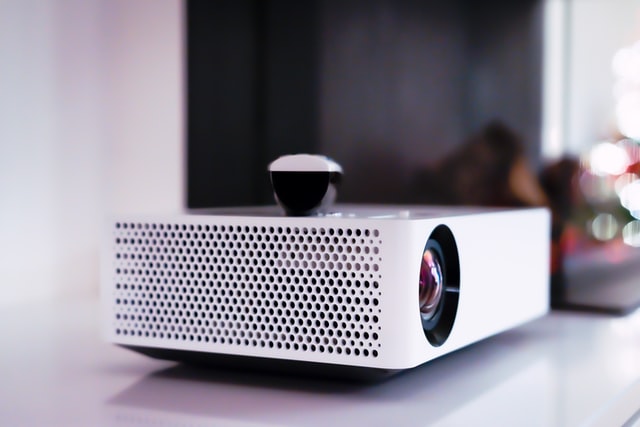
A projector is an optical device that projects images and videos on a surface like a screen or a wall. Projectors are quickly becoming an alternative to TVs and computer monitors to view images, videos, slideshows or games.
Projectors range from ultra short throw to short throw and even long throw varieties, some using DLP or 3LCD technology, and some using lasers to project a more faithful image that can be produced by a simple light beam and color wheel.
Projectors can be used directly on a wall in your home, but generally give a much better performance when used with a dedicated screen, so you must factor this into the purchase price of the projector.
OLED
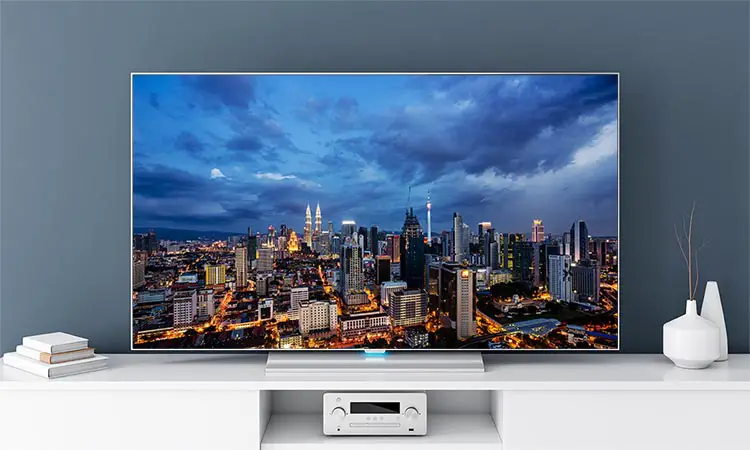
OLED (organic light-emitting diode) TVs consist of many organic thin films that are sandwiched between thin-film conductive diodes, where each diode produces light when electricity passes through them.
This essentially means that OLED TVs do not require a separate backlight and each pixel acts as its own light. And, if no electricity passes through them, this will shut the films completely without any light or color, producing a truer black, rather than the dark grey of TVs that do use a backlight.
OLED TVs have superior color accuracy, they are made of durable materials, are better for the environment and are long lasting too. The technology ensures rich colors and high contrast that can be beneficial to your screen viewing experience.
Comparison Between OLED vs Projector
There are many differences between OLED TVs and projectors including:
Screen Size
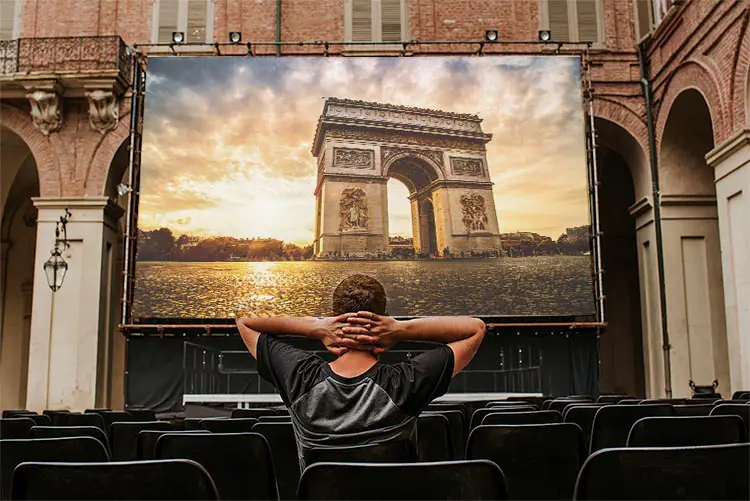
The main difference between OLED TVs and projectors is the screen size. Projector screens can be very large, with 150-inches common for home theater 4K projectors, whereas OLED TV screens tend to be smaller.
The screen size for projectors depends on the distance between the projector and screen, Unless you use an ultra short throw projector that have throw ratios allowing a 100-inch image to be projected from around 8-inches distance, you need a large room to make use of a projector. An OLED TV screen takes up less space, which can be beneficial for smaller homes.
Resolution
OLED TVs have a wider color gamut and high dynamic range compared to projectors. Some TVs come with 8K resolution, though, they can be quite expensive. Projectors come with a maximum of 4K resolution currently, but do not compare with the crystal-clear high-resolution images that OLED TVs produce.
Brightness
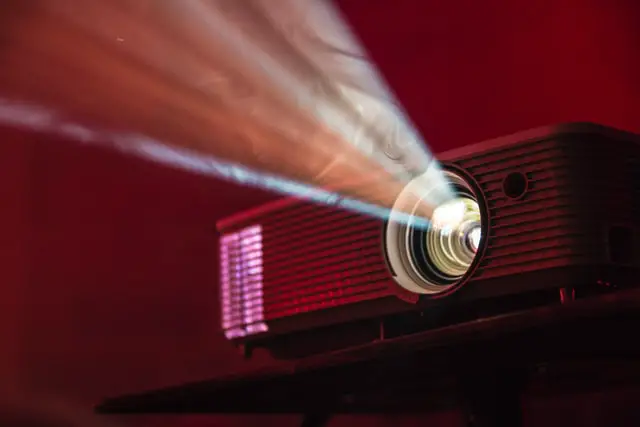
One of the main factors to consider when choosing a screen is brightness. The projector’s brightness mainly depends on the darkness of the entertainment room. The more ambient light in the room, the more brightness the projector needs to ensure that the image produced by the projector does not get washed out.
The higher the quality of the projector and the higher the brightness, the more costly it will be. On the other hand, OLED TVs produce much more brightness at very affordable prices, although it can be difficult to compare as OLEDs are often measured in nits rather than in the lumens of projectors.
And, if you’re looking for bright and vibrant images, then it is better to opt for an OLED TV. Also, when a projector is used for a long time, the bulb starts to dim over time and can even burn out. Replacing the projector bulb can be quite expensive.
These days, the most modern projectors make use of lasers; however, even these are not as bright as OLED TVs and come with their own high price tag. Further, projectors gather dust and dirt over time and this can affect the quality of the image projected on the screen.
Color Accuracy
LCD, DLP, LCOS or 3-chip projectors produce quite good colors without being too expensive, whereas, TVs need better processing to produce excellent colors and so they come at a much higher price. OLED TVs featuring 4K resolution can produce a wide range of colors compared to the most inexpensive projectors available on the market.
Installation
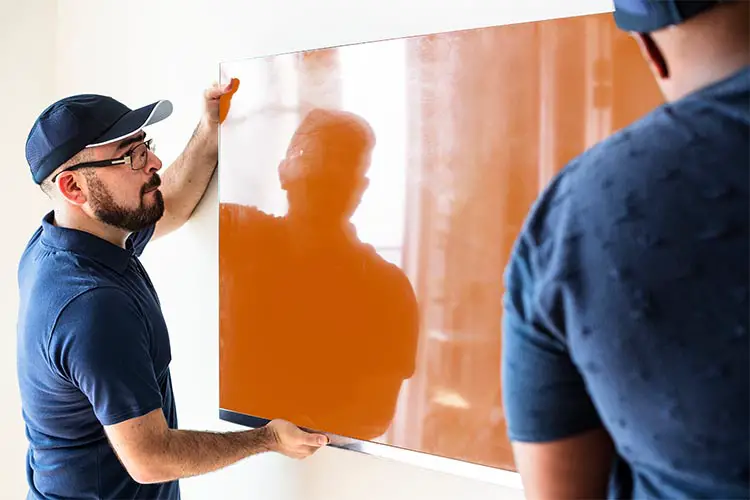
The installation of a projector is more complicated compared to the installation of OLED TVs. While you can place the projector wherever you want, be it on your coffee table, shelf or even on your ceiling. However, you must consider certain aspects, such as the space, area and a screen or wall to project the images.
Installing an OLED TV is much easier. All you require is a table to place the TV and an electrical socket. However, unlike a projector that can be moved around, it can be quite difficult to move an OLED TV from one place to another.
Price
Projectors come in various price ranges and you can find inexpensive ones to expensive models, costing around $2,000 or more. Expensive projectors have better features and the ones offering better image quality, or gaming projectors with better refresh rates are much higher priced.
OLED TVs, on the other hand, are generally pricey regardless, and this is probably because of the advanced technology, superior construction, color accuracy and image quality. The most inexpensive OLED TV can cost around $1,000, while there are expensive models that may cost more than $3,000.
OLED vs Projectors: Pros and Cons
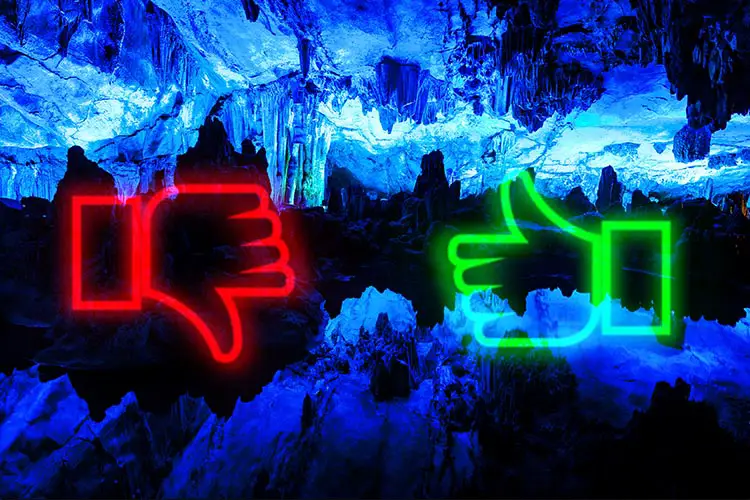
When you consider projectors and OLED TVs, each has its pros and cons. Let’s take a look at them below:
Projectors
Pros
- Projectors are less expensive compared to TVs.
- They are very compact and require only a screen or blank wall to use the device.
- It is very convenient and easy to move a projector from one place to another.
- Exposure to blue light is limited as the light is focused on another surface and the risk of eye strain is lessened.
- The image of a projector can reach large sizes compared to any OLED TV, HDTV or monitor.
- Some projector models even support 4K and HDR resolutions.
Cons
- The native sound quality may not be very good – you should consider a separate dedicated sound system.
- Needs maintenance, although not for a few years from purchase.
- You can watch videos or play games only in areas that are ambient light controlled.
- Higher-quality projectors can be quite expensive.
- The projector often gets overheated and the lamp may burn out when used for a long time.
OLED TVs
Pros
- OLED TVs produce high-definition images, excellent picture quality, brightness and resolution.
- Provides better performance in brightly lit rooms.
- Energy efficient, lower power consumption.
- Easy to install.
Cons
- Even the smallest OLED TV is quite bulky and can’t be easily moved from one place to another.
- OLED TVs are quite expensive.
- The blue light emitted from OLED TVs can potentially affect your sleep quality.
- Doesn’t work well in direct sunlight.
OLED TV vs Projector: Which is Better?
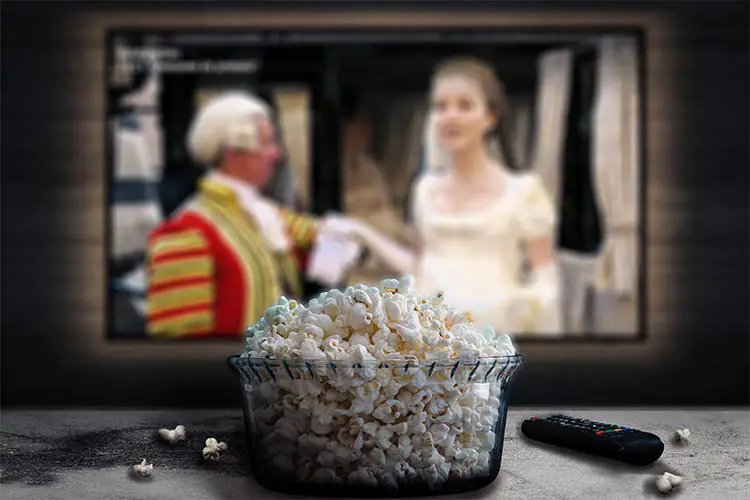
Comparing a 4K projector vs OLED TV, the main criteria you should be concerned with is really the size of the space where you intend to install it, and the ambient light.
Although ultra short throw projectors mean that you can place the projector directly against the wall or screen, their high price means that they can only really be recommended if you want a 100-inch+ screen size, in a dedicated home theater environment.
An OLED TV is better for general day-to-day use in a living room, where you might have less control over ambient light, or if you demand the absolute best in terms of image quality.
But for my money, out of a laser projector vs OLED, I would always go for the 4K laser projector over the OLED, as these really do offer incredible performance over a truly massive display area, and once you start watching a movie on one, you will soon forget the light quality differences between this and an OLED. Projectors ultimately offer the more immersive, theater-like movie experience.
Read More:
What’s the best ultra short throw 4K projector?
What’s the best laser projector?
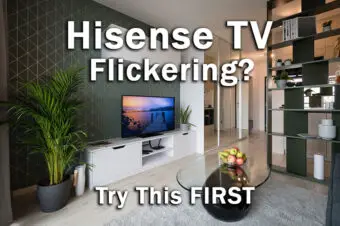
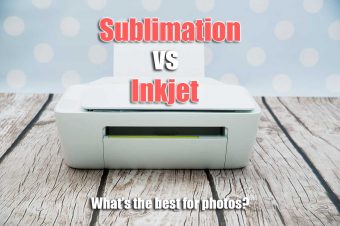
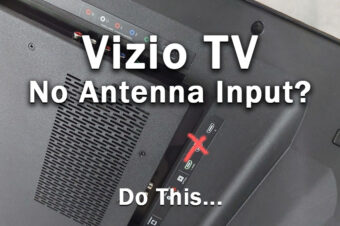
![[SOLVED] Hisense Roku TV Remote Not Working](https://www.lapseoftheshutter.com/wp-content/uploads/2021/10/Hisense-Roku-TV-Remote-Not-Working-340x226.jpg)
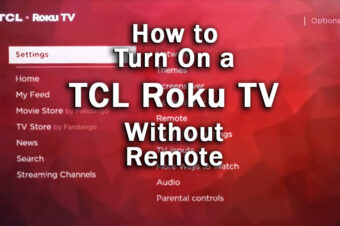
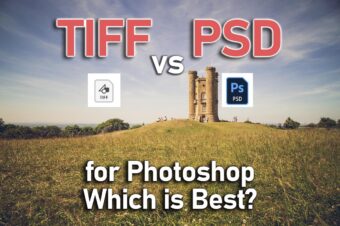
Leave a Reply